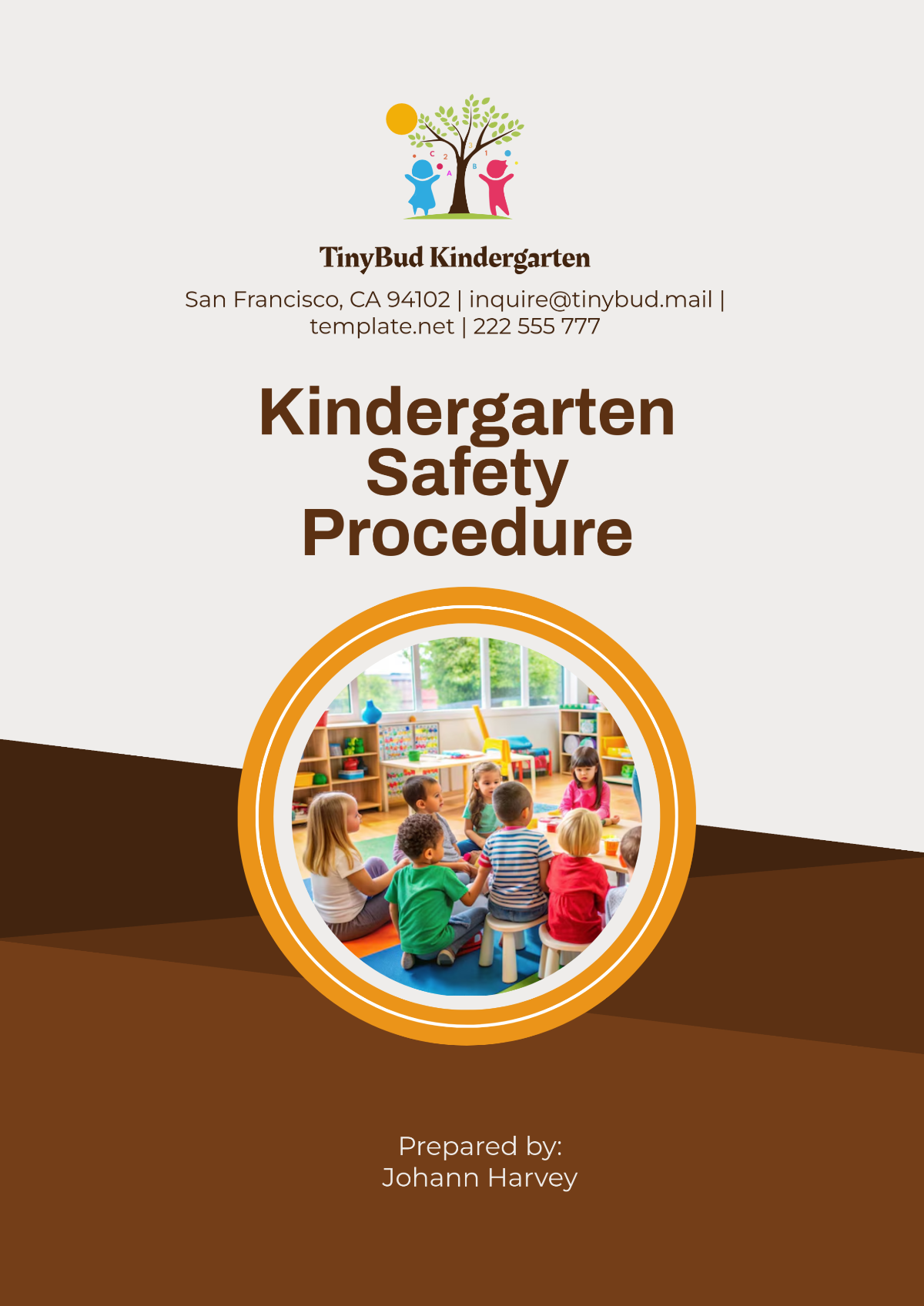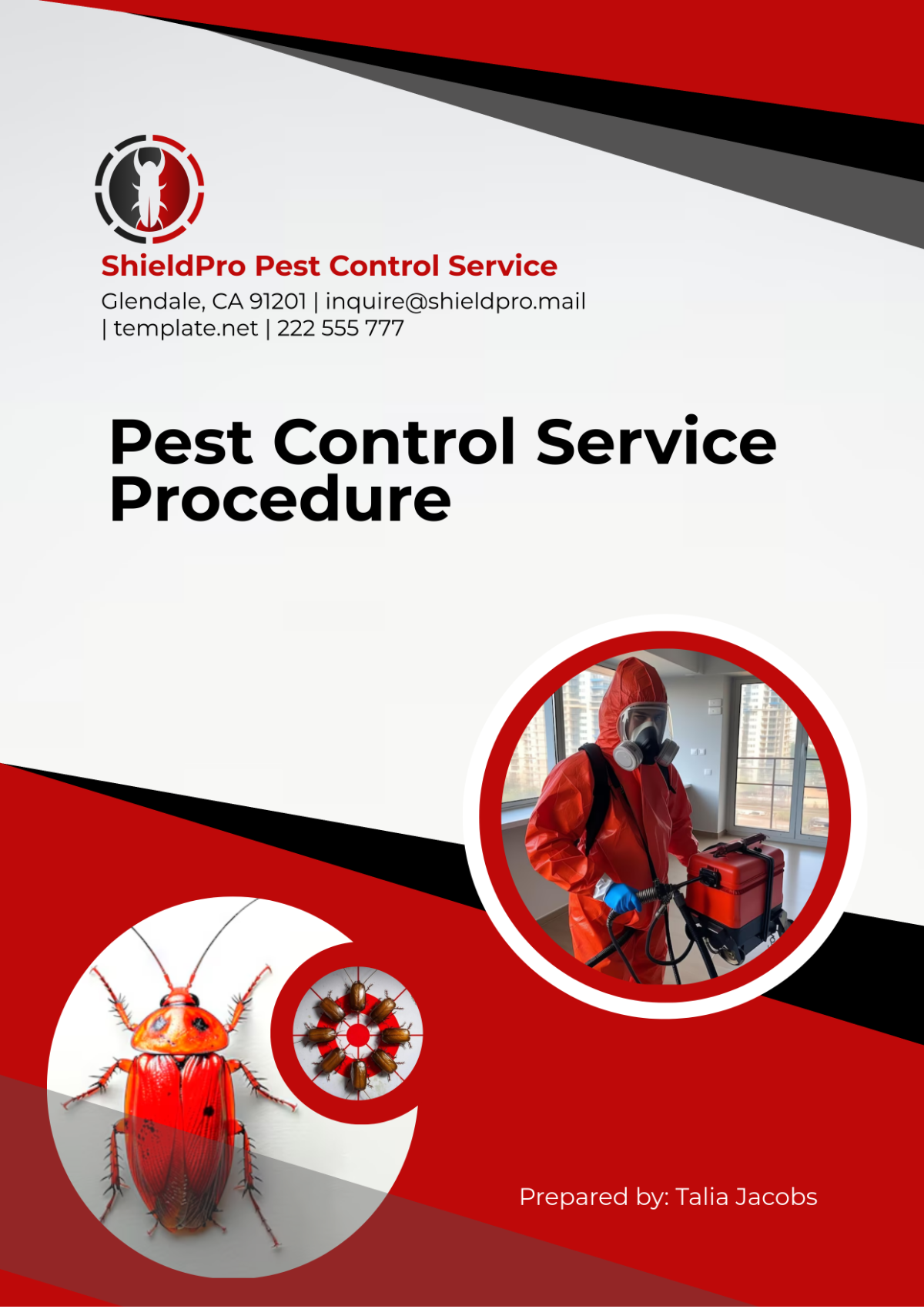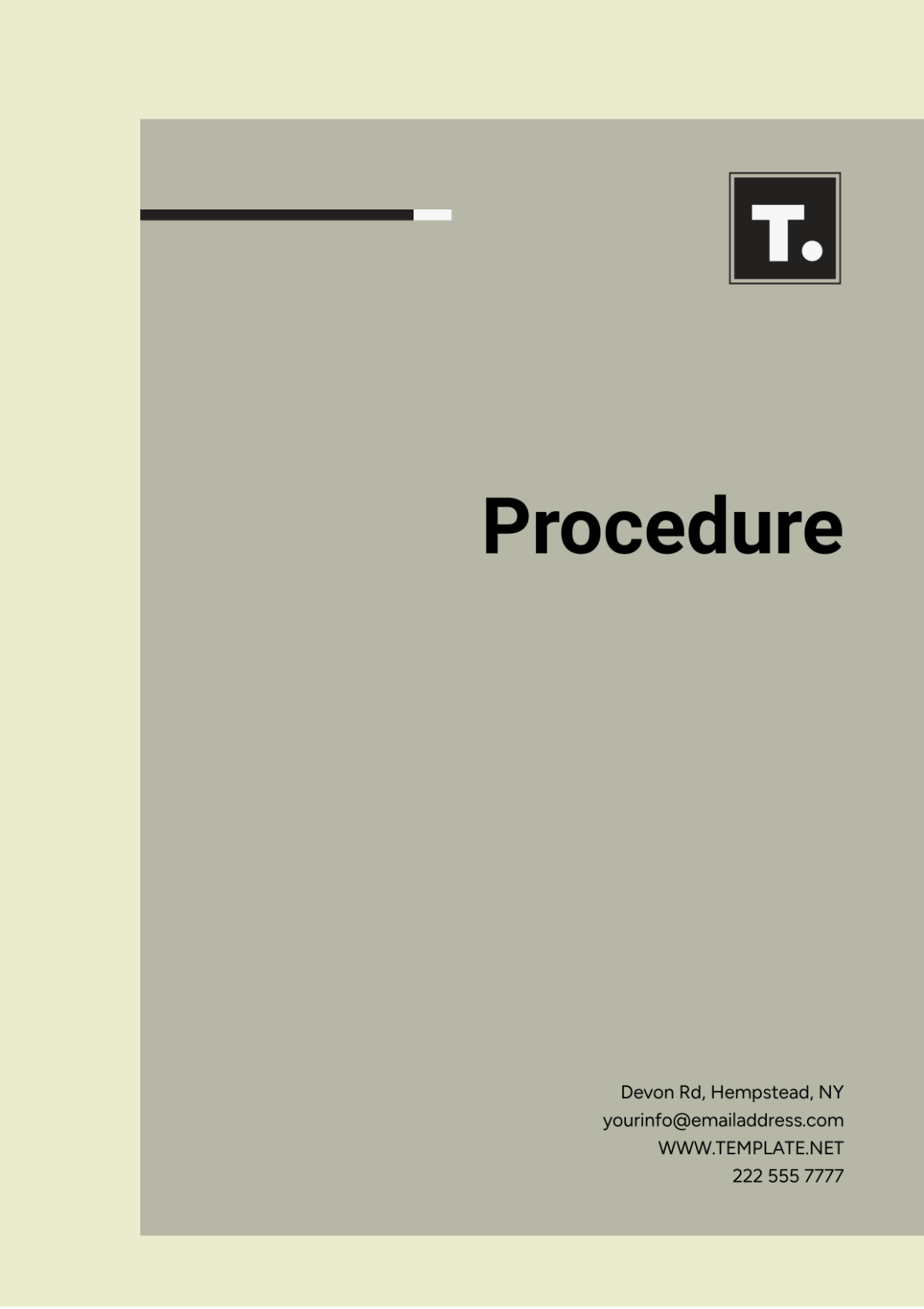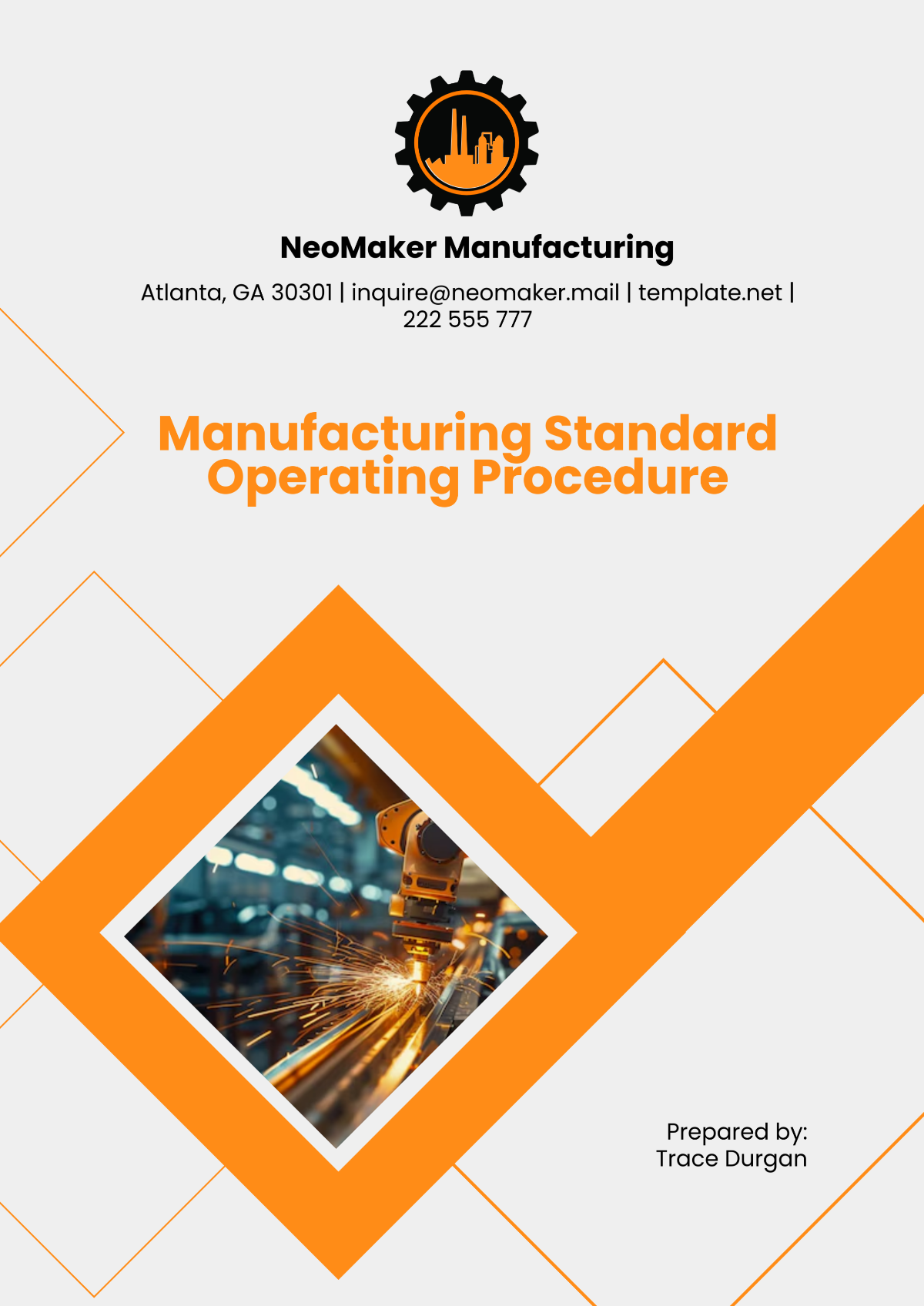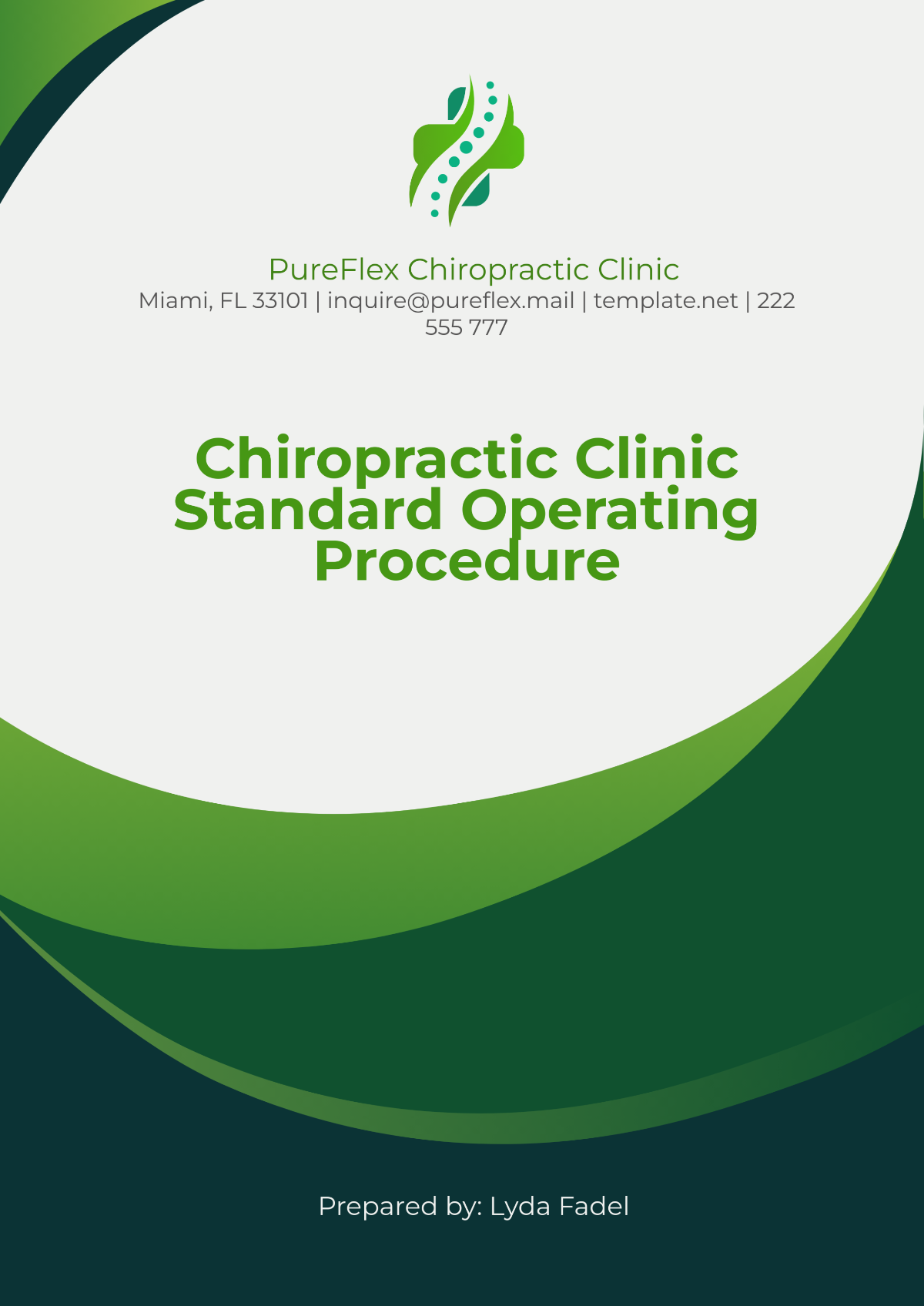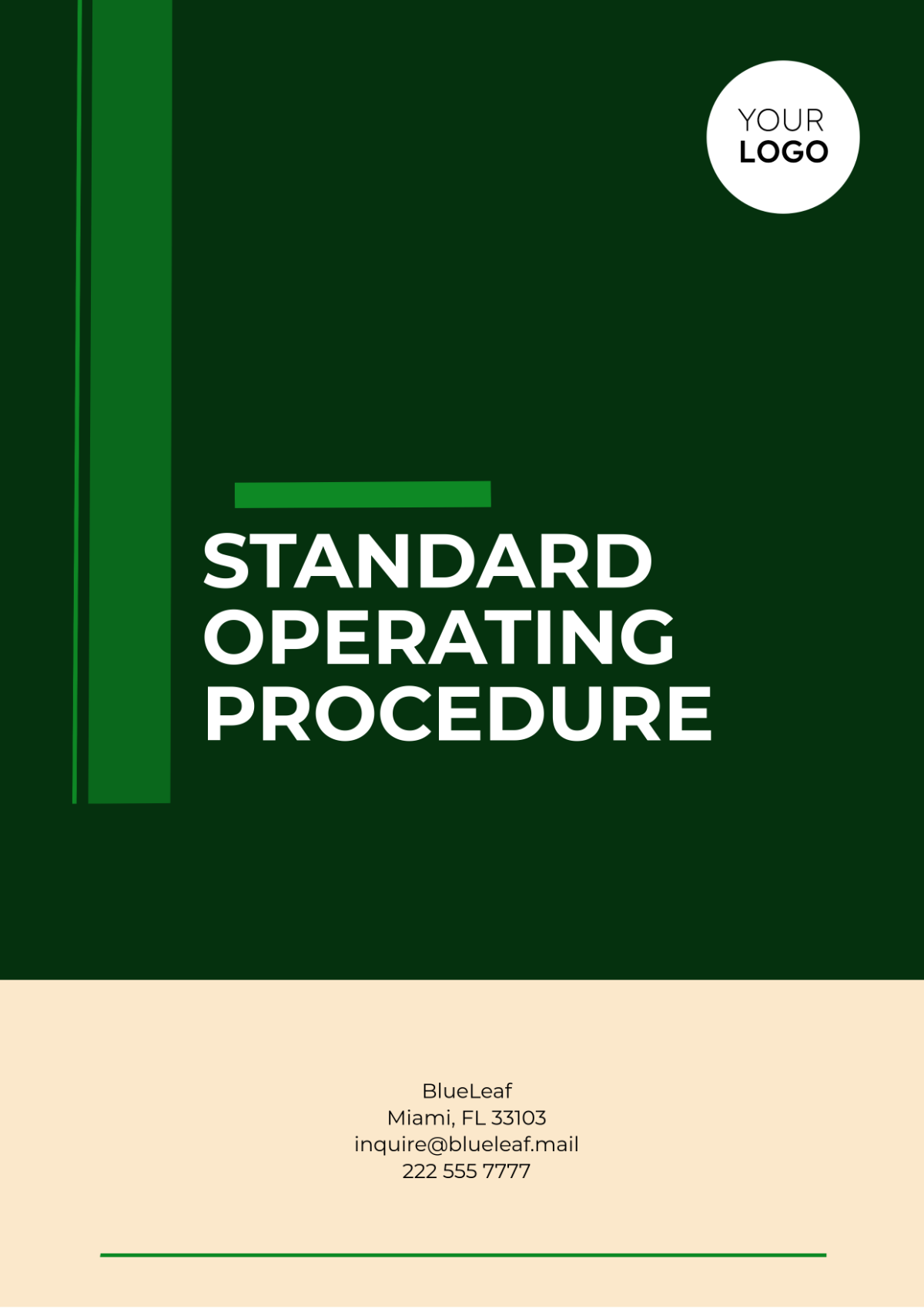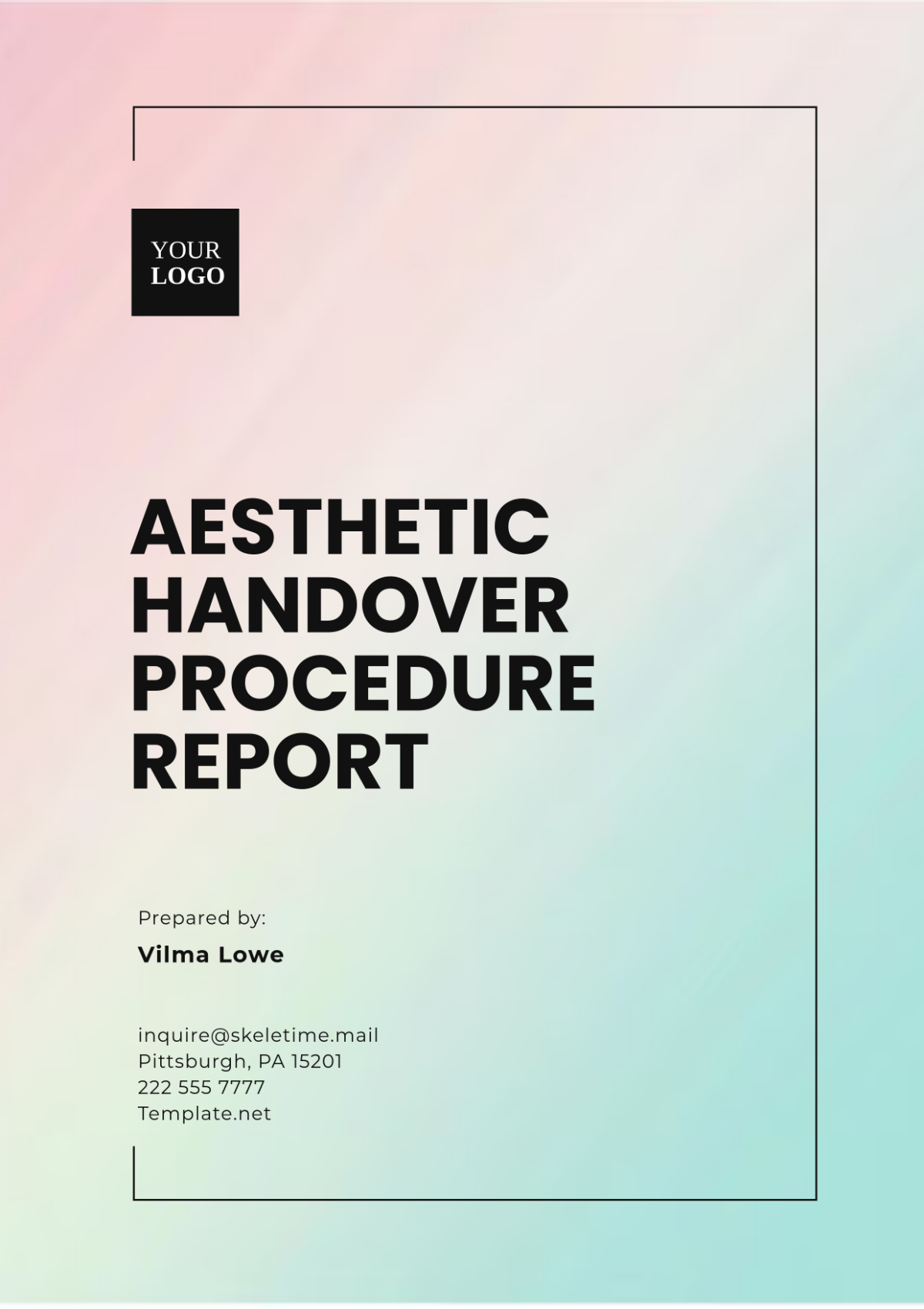I. Purpose
The purpose of the Interior Design Maintenance Procedure is to establish a consistent and systematic approach to the care, upkeep, and evaluation of interior design elements to ensure their longevity, functionality, and aesthetic value. This procedure aims to enhance client satisfaction, preserve the integrity of original design concepts, and maintain the reputation of [Your Company Name].
To ensure optimal preservation of interior design elements, [Your Company Name] employs a rigorous maintenance schedule. This includes quarterly reviews of all installed features, such as furniture, fabrics, and lighting fixtures, to address any wear or deterioration. Effective cleaning methods are outlined for different materials, utilizing eco-friendly products and advanced equipment to avoid damage. Staff training sessions are conducted regularly to keep team members updated on the best practices in material care and handling, thereby preventing common maintenance issues and extending the lifespan of design elements.
[Your Company Name] is committed to continuous improvement in our maintenance operations. An integral part of this commitment is our bi-annual evaluation process, where we assess the effectiveness of our maintenance strategies against client feedback and internal benchmarks. Adjustments are made based on this evaluation to our procedures, which may include the introduction of new technologies or techniques. This adaptive approach ensures that our maintenance practices always align with industry standards and client expectations, contributing to the overall sustainability and beauty of the interior spaces we curate.
II. Scope
The scope of the Interior Design Maintenance Procedure at [Your Company Name] encompasses all aspects of maintenance for completed projects. This comprehensive approach ensures a high standard of care and longevity for all interior design elements. Below is a detailed table outlining the key components of the scope:
Area | Description |
|---|---|
Routine Inspections | Regular assessments to identify potential issues early. Includes checking structural integrity, wear and tear on materials, and functionality of installed features. |
Specific Material Care | Tailored maintenance guidelines for different materials (e.g., wood, fabric, metal) to prevent damage and preserve aesthetic value. Involves the use of appropriate cleaning agents and techniques. |
Repair Processes | Procedures for addressing and rectifying damages or degradation. This includes patching, refinishing surfaces, and replacing components as necessary. |
Documentation | Comprehensive logging of all maintenance activities. Documentation helps in tracking the history of interventions and supports warranty claims and compliance checks. |
III. Definitions
This section clarifies key terms used within the Interior Design Maintenance Procedure, ensuring that all maintenance staff and contractors have a consistent understanding of the terminology. Below is an expanded table including additional terms relevant to the procedure:
Term | Definition |
|---|---|
Client | The recipient of the interior design service. |
Routine Inspection | Regular checks carried out to assess the condition of interior design elements. |
Responsive Maintenance | Immediate corrective actions taken to resolve reported or observed design-related issues. |
Preventive Maintenance | Scheduled maintenance actions performed to prevent problems before they occur, thus extending the life of design elements. |
Material Longevity | Refers to the durability and expected lifespan of materials used in the interior design based on quality and maintenance. |
Wear and Tear | Gradual degradation of design elements over time due to normal use and exposure to environmental factors. |
Aesthetic Value | The visual appeal and overall design coherence of the interior spaces, which contribute to the client’s satisfaction. |
Maintenance Log | A detailed record of all maintenance activities, including dates, actions taken, and personnel involved. |
Technical Guidelines | Specific instructions and standards for maintenance procedures to ensure proper care of design elements. |
Compliance Checks | Regular reviews to ensure that maintenance practices adhere to legal standards and safety regulations. |
IV. Responsibilities
This section outlines the key roles and responsibilities associated with the Interior Design Maintenance Procedure at [Your Company Name]. Understanding these roles ensures that maintenance tasks are executed efficiently and effectively. Below is a detailed table listing the roles and their corresponding responsibilities:
Role | Responsibilities |
|---|---|
Maintenance Manager | Oversee maintenance operations, ensure compliance with this procedure, and manage the maintenance team. |
Maintenance Staff | Conduct inspections, perform maintenance tasks, report issues, and document all activities. |
Quality Assurance Officer | Verify the quality of maintenance work, ensure it meets the set standards, and suggest improvements. |
Inventory Specialist | Manage stock of maintenance supplies and tools, ensure availability of necessary materials for maintenance tasks. |
Client Relations Manager | Communicate maintenance schedules and actions to clients, manage feedback and ensure client satisfaction. |
Documentation Clerk | Maintain accurate records of maintenance logs, warranties, and compliance documents. |
Safety Officer | Ensure all maintenance activities adhere to safety regulations, conduct safety audits. |
Technical Trainer | Provide training and updates to maintenance staff on new techniques, tools, and materials. |
Scheduling Coordinator | Plan and coordinate maintenance activities to minimize disruption to clients. |
IT Support Specialist | Maintain digital systems used for scheduling, documentation, and communication related to maintenance tasks. |
V. Procedure
The Procedure section details step-by-step actions for maintaining the quality and aesthetics of interior design projects at [Your Company Name]. Below are outlined procedures for Routine Inspections, Specific Material Care, Responsive Maintenance, and Documentation and Tracking, ensuring thorough management and exceptional service delivery.
A. Routine Inspections
Routine Inspections are essential to proactively identify potential maintenance needs and ensure the longevity of design elements. These inspections are scheduled monthly, focusing on the systematic evaluation of all design installations.
Step | Action | Responsible Party |
|---|---|---|
1 | Schedule monthly inspections for all project sites. | Scheduling Coordinator |
2 | Utilize the Interior Design Condition Checklist to assess and record the condition. | Maintenance Staff |
3 | Prioritize urgent maintenance needs identified during inspections. | Maintenance Manager |
4 | Photograph areas requiring attention to assist in maintenance and documentation. | Maintenance Staff |
5 | Review previous maintenance logs to anticipate potential recurring issues. | Documentation Clerk |
6 | Engage specialists for inspections of complex installations or materials when necessary. | Maintenance Manager |
7 | Update the maintenance schedule based on findings to optimize future inspections. | Scheduling Coordinator |
8 | Communicate inspection results to the maintenance manager and client relations manager. | Client Relations Manager |
9 | Incorporate client feedback into inspection strategies to enhance service delivery. | Client Relations Manager |
10 | Archive all completed checklists for compliance and historical reference. | Documentation Clerk |
B. Specific Material Care
Specific Material Care is tailored to the unique properties of each material used in our design projects, ensuring their preservation and aesthetic integrity. This procedure involves applying specialized cleaning and preservation methods.
Step | Action | Responsible Party |
|---|---|---|
1 | Reference the Material Care Guide to understand specific maintenance requirements for each material. | Inventory Specialist |
2 | Apply cleaning and preservation methods suitable for each material type, following the guide. | Maintenance Staff |
3 | Train staff bi-annually on updates or changes in care techniques. | Technical Trainer |
4 | Monitor the effectiveness of applied materials care techniques and adjust as needed. | Quality Assurance Officer |
5 | Coordinate with suppliers to ensure the correct and best quality products are used for maintenance. | Inventory Specialist |
6 | Update the Material Care Guide annually to reflect any changes in best practices or new materials. | Maintenance Manager |
7 | Educate clients on basic care procedures to maintain material integrity between professional maintenances. | Client Relations Manager |
8 | Document all materials used and procedures performed during maintenance in the Maintenance Log. | Documentation Clerk |
9 | Assess environmental factors at project sites that may affect material longevity and include preventative measures in care plans. | Maintenance Staff |
10 | Review client feedback on material quality and care satisfaction to guide future improvements. | Client Relations Manager |
C. Responsive Maintenance
Responsive Maintenance addresses immediate maintenance issues within 48 hours to prevent further damage and uphold design integrity. This prompt action is crucial for maintaining client trust and satisfaction.
Step | Action | Responsible Party |
|---|---|---|
1 | Address all reported or observed issues within 48 hours to mitigate further damage. | Maintenance Staff |
2 | Document the issue, action taken, and resolution in the Maintenance Log. | Documentation Clerk |
3 | Follow up with clients post-maintenance to ensure satisfaction with the resolution. | Client Relations Manager |
4 | Review the urgency and quality of responses regularly to improve responsiveness. | Quality Assurance Officer |
5 | Train maintenance staff on efficient and effective problem-solving techniques. | Technical Trainer |
6 | Keep a stock of common replacement parts to expedite repair processes. | Inventory Specialist |
7 | Utilize mobile communication tools to report and respond to maintenance issues swiftly. | IT Support Specialist |
8 | Update maintenance protocols based on recurring issues to prevent future occurrences. | Maintenance Manager |
9 | Engage specialists for complex issues to ensure proper resolution. | Maintenance Manager |
10 | Analyze maintenance response times and client feedback to gauge effectiveness. | Quality Assurance Officer |
D. Documentation and Tracking
Documentation and Tracking maintain a complete and accurate record of all maintenance activities, serving as a crucial tool for quality control and compliance. Regular reviews help identify improvement areas.
Step | Action | Responsible Party |
|---|---|---|
1 | Maintain all records of inspections, maintenance activities, and repairs in the Maintenance Record Book. | Documentation Clerk |
2 | Review records quarterly to identify recurring issues or areas needing systematic improvement. | Maintenance Manager |
3 | Ensure compliance with all legal and safety regulations in documentation practices. | Safety Officer |
4 | Archive documents according to company policy and legal requirements. | Documentation Clerk |
5 | Utilize digital tools to track and manage maintenance records for easy access and updates. | IT Support Specialist |
6 | Conduct training for new staff on proper documentation and tracking procedures. | Technical Trainer |
7 | Coordinate with the IT department to secure and backup maintenance data. | IT Support Specialist |
8 | Generate regular reports for management review on maintenance effectiveness and efficiency. | Maintenance Manager |
9 | Monitor the integrity and confidentiality of maintenance records to protect client and company data. | Safety Officer |
10 | Evaluate the effectiveness of current documentation tools and explore potential upgrades. | IT Support Specialist |
VI. Appendices
The Appendices section of the Interior Design Maintenance Procedure at [Your Company Name] provides essential tools and resources to support the maintenance tasks outlined in the procedure. These documents are fundamental for ensuring consistency, accuracy, and compliance in maintenance operations. Each appendix is listed below with details about its contents and uses.
Appendix | Description | Contents/Features | Usage |
|---|---|---|---|
Appendix A: Interior Design Condition Checklist | A tool to help ensure consistent evaluation of interior spaces and fixtures. | Includes fields for recording the condition of furnishings, walls, lighting, and other design elements. | Used during routine inspections to assess and document the condition of all interior design elements. |
Appendix B: Material Care Guide | Detailed instructions on the proper upkeep of specific materials. | Contains cleaning and maintenance protocols for materials such as wood, fabric, metal, and glass. | Referenced by maintenance staff to apply correct care techniques for diverse materials. |
Appendix C: Maintenance Log Template | For documenting the details of maintenance activities. | Structured format for entering dates, descriptions of issues, actions taken, and outcomes. | Used to keep a systematic record of all maintenance tasks and their results. |
The Interior Design Maintenance Procedure serves as a comprehensive guide to uphold the quality and longevity of interior design elements at [Your Company Name]. By adhering to the outlined steps and utilizing the appendices provided, our team ensures meticulous care, consistent performance, and client satisfaction. This procedure is pivotal in maintaining the aesthetic integrity and functional excellence of our design projects, thereby reinforcing our commitment to excellence.






















